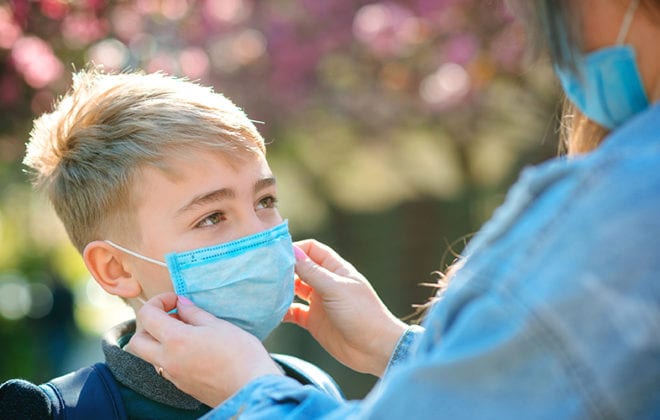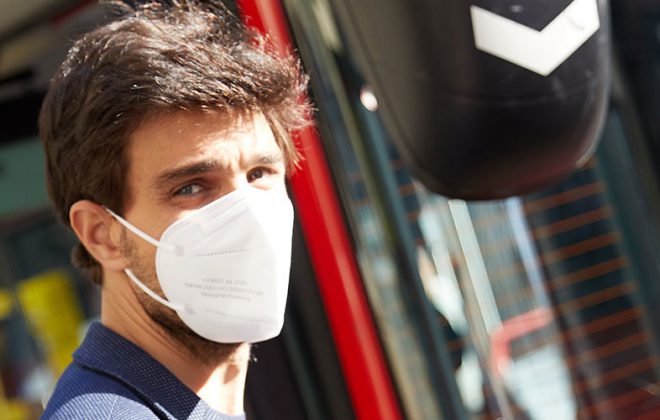How Contagious Are Respiratory Viruses in Crowded Places?
In places like airport lounges and busy offices, infection prevention is challenging. Aerosols containing germs and viruses like flu, SARS, H1N1, and rhinoviruses can remain infective for hours. Up to 48 hours in crowded rooms and busy areas, to be precise. Often, the infection rate for airborne viruses soars effortlessly above the tipping point, causing an outbreak. Mainly because these rendezvous points increase the risk of viral spread.
Public vehicles like trains and aircrafts also remind us that viruses are not only out in our habitual environments. After all, you might need to share the same close place with other people to arrive at your destination only once. But that short span of time could be more than enough to get infected. This is why understanding how contagious a cramped space is crucial for protecting individuals and communities.
How safe is public transport?
Lately, trains and buses are cleaner than ever. But commuting by train or bus without proper ventilation is still dangerous.
Airborne viruses can still infect others because infected people breathe out very small fine droplets. Plus, you cannot always be sure about how contagious other people are. Both flu and SARS (Severe acute respiratory syndrome) symptoms can take up to two weeks to appear. Of course, infected people can transmit the virus to hundreds of bystanders before the symptoms appear.
The spread of respiratory infections in the office
Employers and employees usually infect each other. Often, they spread viruses like influenza or rhinoviruses. Whooping cough (Pertussis) is among the most contagious respiratory diseases you can catch in an office with more than ten people. Mostly because, once the cough starts, people can infect you for over two weeks.
The longer you stay at the office, the higher the chances that you catch an airborne virus.
The pitfalls of the power lunches
Your workplace increases the odds of contracting an airborne virus because of social interaction with co-workers. As a result, a power lunch or a round of drinks after work can expose you to all sorts of respiratory diseases. Any airborne virus can be transmitted indoors by means of aerosol.
Airborne transmission does not only rely on droplets. In fact, the virus lingers in the air in the form of aerosols. This is why health care professionals that treat highly contagious respiratory diseases wear specific respirator masks and eye goggles. Otherwise, they would inhale the infective particles into their lungs.
What lurks around in the airport?
A terminal is a place where you can meet or give your friends a send-off. Sadly, it is also the place where all people from around the world arrive. In other words, the airport is one of those crowded places where viruses can easily float in the air and travel up to 8 meters. Also, one of these contaminated clouds could reach the ventilation systems, which in turn could make things worse.
A lot of factors determine how long aerosol remains in the air. For example, it depends on the person who emitted the particles. But also on the temperature and humidity of the environment.
Chatting at a department store is not a good idea
Maybe, you went out shopping and had to wait in line because two persons started chatting in the middle of an aisle. Besides being rude to the people behind you, chit-chatting in a department store may not be the smartest idea for the speakers too.
As more people line up, recirculated air becomes a problem. Of course, the better the ventilation, the less likely the spread of aerosols. But it is still not worth the risk. After all, you do not know what viruses the person next to you may incubate.



